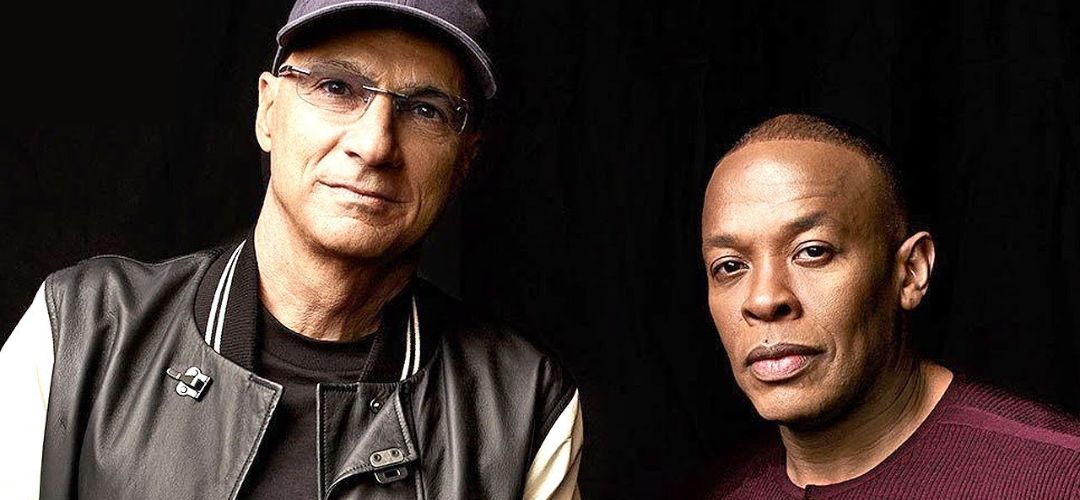
Jimmy Iovine and Dr. Dre are now best known as executives that completely changed the landscape of the music business, but that wasn’t always the case.
Music was Dr. Dre’s first love growing up in Compton and he used his massive record collection as a creative outlet to avoid falling into the violence around him.
Dre’s mother Verna would host house parties and Dr. Dre, who was still a toddler, would be in charge of the music.
Verna introduced Dre to soul and funk music, laying the groundwork for a full musical education that would expand across all genres.
As a teenager, Dre became known in his neighborhood as a DJ. He would mix the old school hits he used to play at his mother’s parties with the new school hip-hop that was just starting to become popular.
That combination of genres and styles would become a Dr. Dre trademark. He’s known as the godfather of G-Funk, a subgenre of hip-hop that uses funk-inspired guitars with hip-hop percussion.
After changing hip-hop in the studio, Dre would try his hand as an executive, spotting young talent and giving them the opportunity to take off.
Jimmy Iovine went from studio janitor to engineer to rock super-producer in ridiculously quick fashion.
After his cousin Ellie Greenwich, a singer-songwriter on the NYC rock scene in the ’60s, got him a job at a local record company, Jimmy got a call on Easter Sunday asking him to come in.
There was an artist trying to work on a record and the studio needed an extra pair of hands. But in an Italian-American family, Easter Sunday isn’t just another day and Jimmy’s mother was having none of it.
Somehow Iovine escaped his house and went to the studio. The artist waiting for him? John Lennon.
Yes, Jimmy Iovine’s first work as a music engineer was with John Lennon.
After that, Jimmy worked on Bruce Springsteen’s legendary album Born to Run. Bruce would spend hours on end in the studio working to find that perfect sound. It became an obsession.
Initially, Jimmy thought Springsteen was crazy and almost quit, but after staying on and seeing the masterpiece they had created together, Iovine adopted Bruce’s single-minded mentality.
From there, Jimmy Iovine would produce for Patti Smith, U2, Stevie Nix, and some of the biggest names in rock music before moving to the boardroom.
Dre and Iovine first connected in 1992 when Dre and Suge Knight came to show Iovine The Chronic.
Iovine was floored. He and Dre had an immediate connection.
When Dre left Death Row, Iovine gave him his own company Aftermath. When the other executives at Interscope told Iovine to drop Dre because of outrage over the ‘gangsta rap’ label, Jimmy refused.
As business partners, Dre and Iovine forged the perfect partnership.
The unlikely duo of Jimmy Iovine and Dr. Dre went from creatives behind the scenes to executives that changed the way business and music interacted forever.




